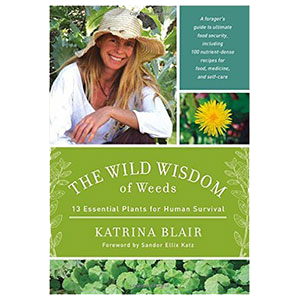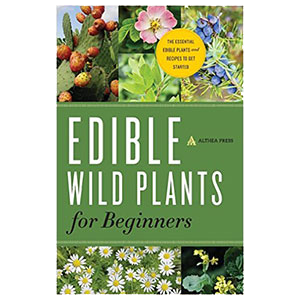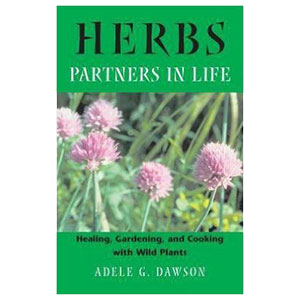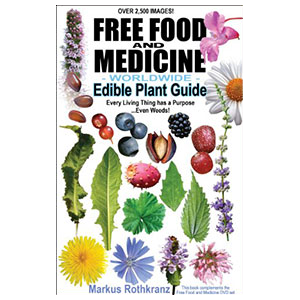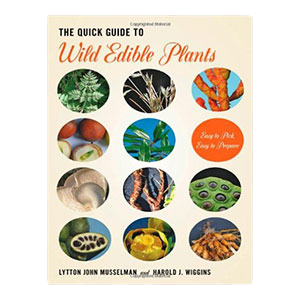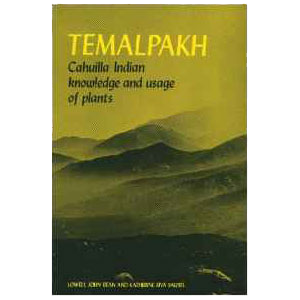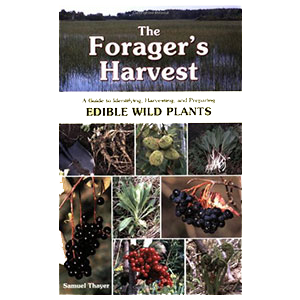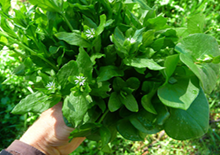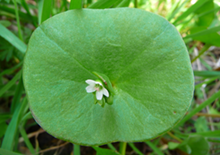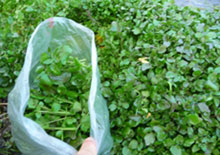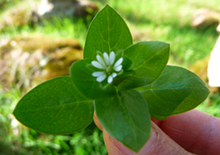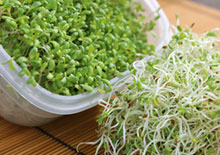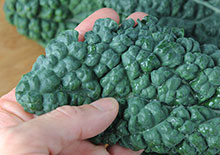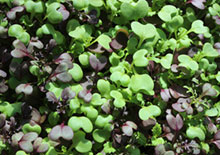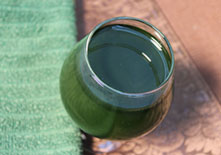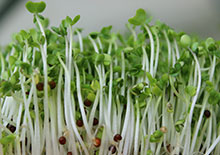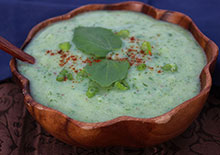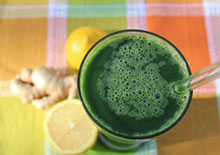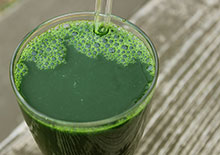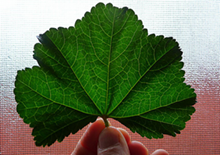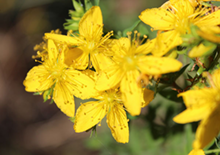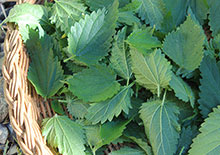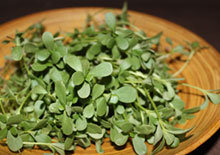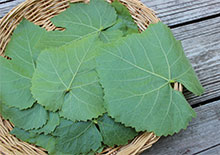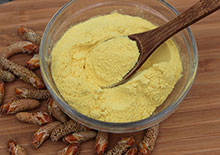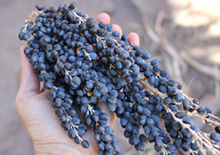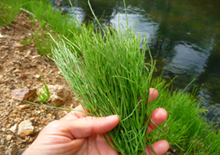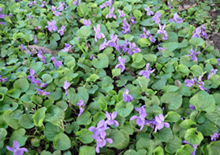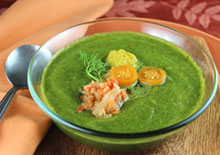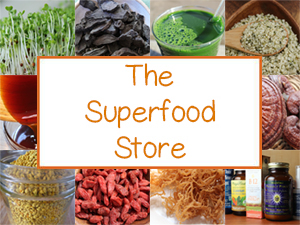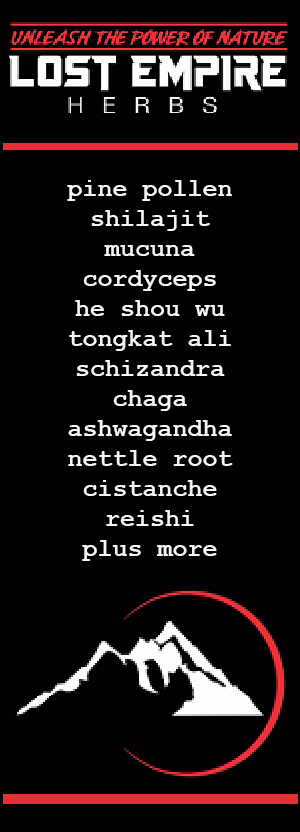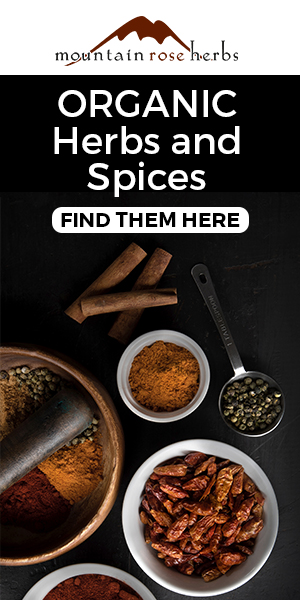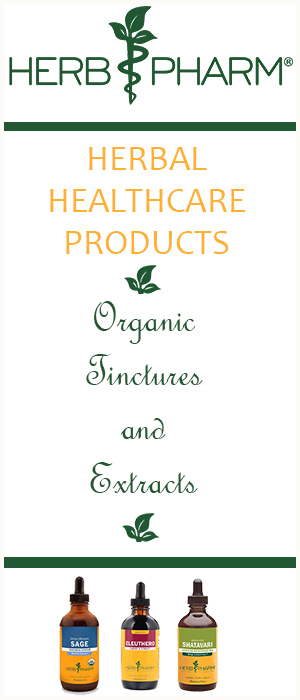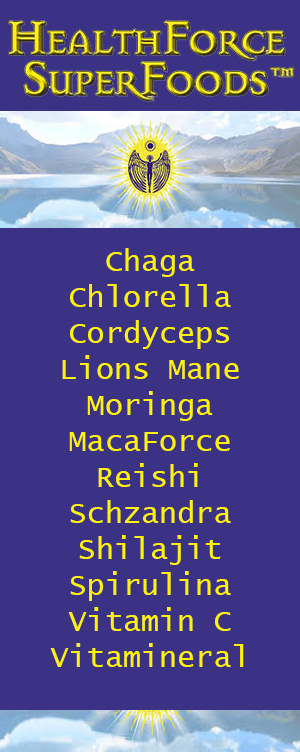- Home
- Wild Edible Greens
- What is Watercress?
What is Watercress Good For? How to Identify and Harvest Wild Cress
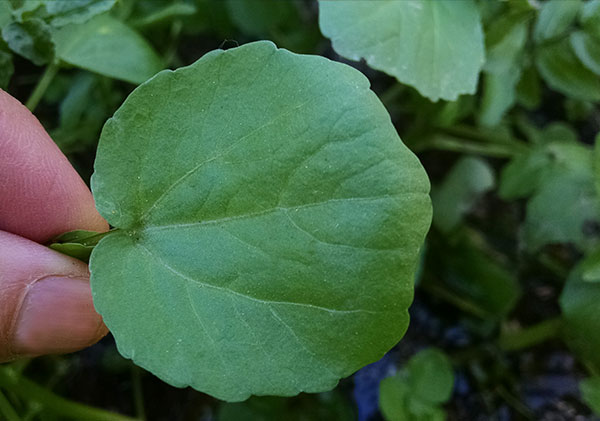
Watercress is an aquatic leafy green vegetable that grows wild in shallow waterways, ponds, streams and natural springs. It is acknowledged as one of the oldest of the wild edible green species consumed by humans and, although once native to Europe and Asia, has now naturalized to many parts of the world conducive to its growth.
Used as a common leafy green in the UK for centuries, it is also famed to have been one of the favorite wild medicinals used by Hippocrates, deemed "father of modern medicine." Hippocrates was said to have built his first hospital by a natural spring-fed stream filled with fresh watercress to help heal and treat his patients.
As a nutrient-rich wild food source, it has been utilized for its nutritious leafy stems as both a raw vegetable and steamed green. Popularized in the United Kingdom for its peppery flavor similar to arugula, cress sprouts are a favorite food incorporated into cucumber sandwiches, salads and other side dishes.
The leaves are also commonly employed in the culinary world for their unique taste and versatility, used in gourmet cuisine and the infamous "watercress soup."
Watercress is a nutritionally potent plant rich in antioxidants and various phytonutrients including carotenoids, chlorophyll and phenolic compounds.
As an expectorant and diuretic, the leaves were traditionally used as an herbal remedy for the treatment of scurvy, arthritis, gout and coughs.
It is now well-studied as an important source of isothiocyanates, like gluconasturtiin, which are in part responsible for its strong pungent flavor. Specific scientific research on the plant's compound PEITC, phenylethyl isothiocyanate, is found to exhibit the potential to suppress certain types of cancerous tumor growth.
While wild species are viewed as far more nutritious, cultivated watercress is frequently available in various supermarkets in many parts of the world. These domesticated varieties are known to have a rounded appearance, resembling the younger leaf development of the wild species.
Watercress comes from the Brassica family of cruciferous vegetables and is botanically related to mustard, arugula, radish and horseradish. All of these produce a spicy taste due to the plants defense shield referred to as the glucosinolate-myrosinase system.
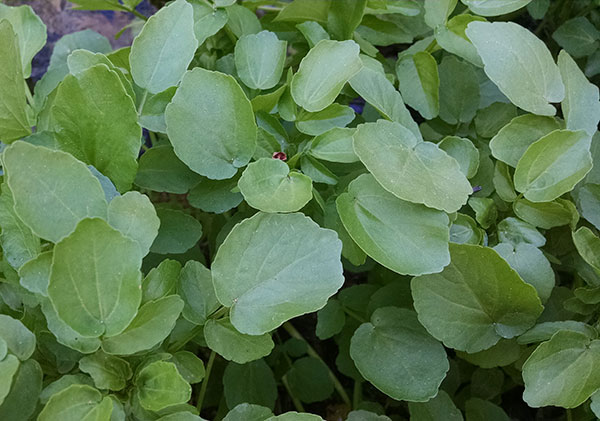
What is Watercress?
Watercress (Nasturtium officianale) comes from the genus Nasturtium. The name nasturtium in Latin translates as "twisted nose", which makes reference to the leaves effects on the sinus passages when consumed.
The genus Nasturtium should not be confused with the yellow-orange flowering garden species typically known as nasturtium (Tropaeolum majus). Though only distantly related, the leaves of the cultivated garden variety also have a similar taste.
There are seven different plant species from the genus Nasturtium; the most well-known edible varieties are Nasturtium microphyllum and Nasturtium officinale (also labeled Rorippa nasturtium-aquaticum).
As an aquatic perennial herb, watercress typically grows in slow moving streams, springs and alkaline waterways. We have found the species to be most prolific in the early to mid-spring season with peak temperatures usually averaging below 75° F (24° C).
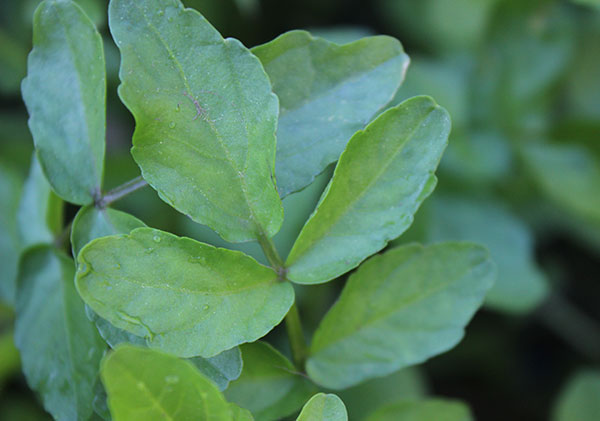
In some American states watercress is listed as a noxious and invasive weed species as it tends to take over waterways when the growing conditions are optimal.
Forming into attractive dense mats or hedges, wild watercress produces dark green scalloped rounded and/or oblong leaves with tiny white flower blossom clusters that eventually develop into small seed pods.
The watercress plant, like other members of the mustard family, have a complex system of defense against predators known as the glucosinolate-myrosinase system. When the leaves are damaged by herbivores, fungi or insects, the plants tissues break creating extremely potent bioactive compounds producing a natural pesticide referred to as "the mustard oil bomb." (Source)
This is the spicy pungent property of the plant that also produces the health enhancing constituents known as sulforaphane and PEITC when the leaves are chewed by humans.
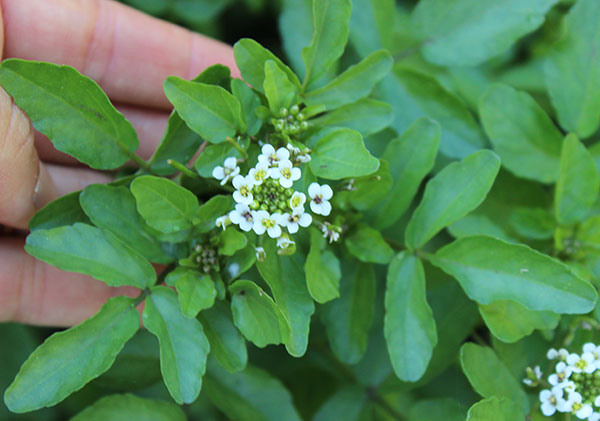
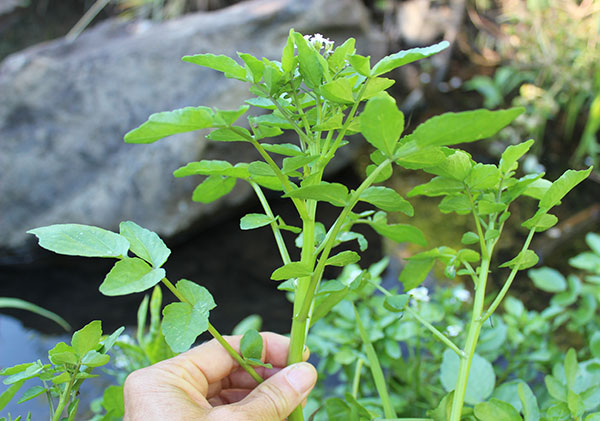
Identifying and Harvesting Wild Watercress
Once you get to know the Nasturtium officianale species, it is fairly easy to spot and identify due to the thick formation and aquatic regions in which it grows. It is also, like other edibles, distinguishable by the flower and leaf shape.
The leaves are rounded like cultivated watercress when young and then can quickly develop a more pointed oblong shape. Either type can be collected for consumption and taste pretty much the same. Different sections of a wild watercress patch can mature faster with some leafy stems emerging above other smaller growth.
Watercress should be harvested early in the season, before or during its
flowering phase (mid-late spring), when the leaves are a robust
green color. Like many plants in the mustard family, the leaves become
slightly bitter after it blossoms and produces seeds.
The plant can be found in shallow slow moving water where it usually grows between 4-12 inches in height, but in some situations can grow much taller. The stems of watercress are hollow which allow the plant to float above the water's surface.
The leaves grow alternately with about 7 or more leaves growing on a short stem branching off a main center stalk.
The best way to wildcraft
watercress is to cut it off at the stem with scissors. It grows back fairly easily as long as the roots remain intact. Remember that stems and flowers, in addition to the leaves, are
also edible.
If you happen to come across a significantly large
patch of watercress, you can also pull out the roots as they can be
placed in water to remain fresh when stored for longer periods of time.
Moreover, with the root attached, the plant can be transplanted into residential ponds or streams where a slightly alkaline pH is maintained.
It is a good idea to use a plant identification guide if you are new to
foraging any wild species. There are many toxic wild plants and it is
best to err on the side of caution, always positively identifying any
leaves, berries or mushrooms before you eat them.
Plants harvested from wild locations should be collected from unpolluted water sources, far away from industrial waterways as the leaves are known to concentrate heavy metals from contaminated environments.
Watercress Cultivation
Historically speaking, watercress is the United Kingdom's famous wild salad green and long utilized herbal folk medicinal. Valued in the 19th century as a staple food source, referred to as "poor man's bread", it was eaten raw as a rolled green vegetable as well as consumed in sandwiches.
Watercress is widely cultivated all over Britain and particularly in the small town of New Alresford in Winchester, England where "The Watercress Festival" is held every year on the third Sunday of May.
As a water-loving species, watercress grows very well as a cultivated hydroponically produced variety, but can also be propagated in ponds, shallow lakes and slow-moving water sources. It is a common leafy vegetable found next to other greens in many produce stores around the world.
Today, cress sprouts, rather than the leafier versions, are more frequently consumed as a favorite condiment in Britain and frequently available in most local markets. This cultivated microgreen variety is produced from the seeds and grown as a vertical sprout on mats or soil mediums; they are often sold like alfalfa sprouts in small containers as well as large flats.
Cress sprouts, or "pepper grass", are usually not propagated from the Nasturtium officianale species but from others like Lepidium sativum and Barbarea verna. These are "land cress" varieties that don't require as much water.
Watercress, whether consumed as a wild edible, cultivated green or sprout variety, only needs to be eaten in small amounts as an alternative to other leafy green varieties for a health enhancing influence. More potent wild watercress leaves and stems should not be consumed in high quantities or consumed as pure concentrated green juice. Excessive intake can cause burning urine and/or loose stools due to its potent bioactive components.
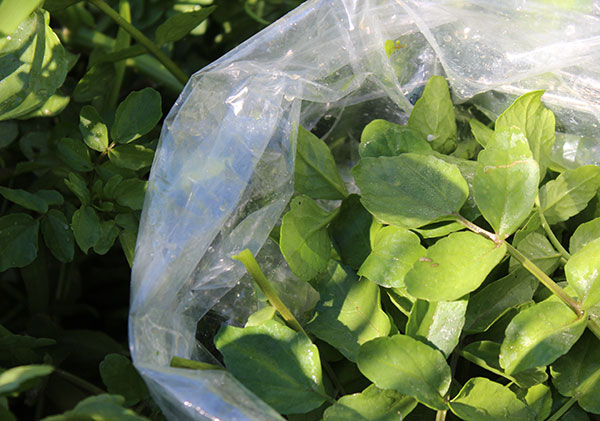
Health Benefits of Watercress
High in Antioxidants and Polyphenols
Scientific research shows that the leaves of wild watercress are high in antioxidants, like chlorophyll and carotenoid pigments, as well as various phenolic substances.
Watercress in particular is known to contain higher amounts of beta-carotene, zeaxanthin and lutein, which may help to lower risk of eye diseases such as age-related macular degeneration and cataracts.
One of the first studies published in the American Journal of Nutrition in 2007 states that, "The results support the theory that consumption of watercress can be linked to a reduced risk of cancer via decreased damage to DNA and possible modulation of antioxidant status by increasing carotenoid concentrations." (*)
The carotenoids present in plants chlorophyll-rich leaves can additionally offer
shielding effects against radiation and excessive UV light exposure.
In one 2015 published study evidence reported a total of 14 phenolic compounds "identified in the leaves, where coumaric acid and its derivatives, caftaric acid and quercetin were present in higher amounts."
Contains Phenethyl Isothiocyanates or PEITC
Watercress has been demonstrated in past and present studies to have anticancer properties via its high levels of isothiocyanates, metabolites of glucosinolates present in a wide variety of cruciferous vegetables. Isothiocyanates comprise another class of dietary compounds known to influence the epigenome, a multitude of chemical constituents that can tell the genome, or DNA assembly, what to do.
Watercress is one of the richest sources of gluconasturtiin, a glucosinolate compound that upon chewing produces the substance known as phenethyl isothiocyante (PEITC).
PEITC has been reported as a potential anticancer agent in earlier research and was identified to inhibit cell growth and induction of apoptosis in many cancer cell lines such as prostate, colon, brain and breast cancers. Evidence suggests that watercress may lower cancer risk by providing chemopreventive activity, counteracting certain processes by which cancer cells proliferate and metastasize.
In the journal "Anticancer Research" results demonstrated "that PEITC might exhibit anticancer activity and become a potent agent for human prostate cancer cells in the future."
PEITC has also proven effectiveness in some research for "inducing apoptosis in HER2-expressing tumor cells" for those with breast cancer. (*)
In 2015 published research in the International Journal of Clinical and Experimental Pathology studying the effects on brain or spine tumor growth (glioma), it was concluded that "PEITC, served as a potential antitumor agent that can induce apoptosis through oxidative stress."
The health effects of watercress have shown to be effective when consumed in a relatively small amount which is easily achievable by adding the green to salads or as a condiment with other foods.
Source of the Isothiocyanate, Sulforaphane
While PEITC is produced from the watercress glucosinolate: gluconasturtiin, sulforaphane is yet another glucosinolate produced, but from glucoraphanin constituent. Both are biosynthesized by the myrosinase enzyme which is activated upon break down of the plant material.
Sulforaphane glucosinolates are the most well-known compound present in broccoli sprouts, but are also likewise found in the leaves of watercress in fairly high quantities. Sulforaphane (SGS) is another sulfur-bearing compound, like MSM, beneficial as an anti-inflammatory that additionally provides effectiveness as a detoxifying cancer-inhibiting agent.
In a 2014 published study in Cancer Prevention Research, evidence supported sulforaphane as a chemopreventive constituent and "an inducer of glutathione S-transferases (GST) and other cytoprotective enzymes."
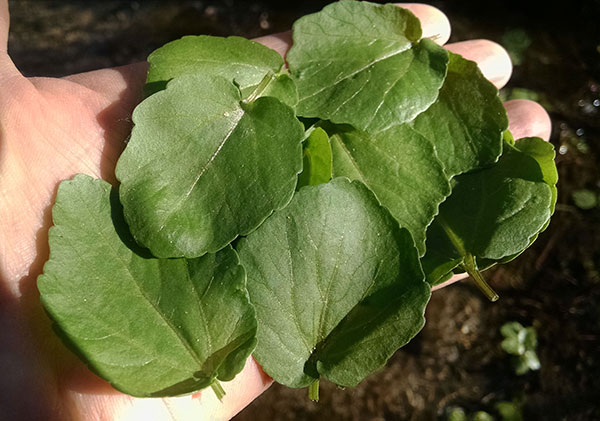
Watercress Nutrition
Nasturtium officianale is known to be particularly high in vitamin K in addition to other vitamins and minerals such as vitamin C, vitamin E, vitamin A and folate as well as calcium, magnesium, potassium, phosphorus and manganese.
Leaves and stems are also claimed to contain ample amounts of dietary iodine compared to other leafy green vegetables.
Watercress tested from cultivated varieties, according to Nutrition Data, contains omega fatty acids with a one cup serving of chopped raw watercress containing 7.8 mg of omega-3 and 4.1mg of omega-6.
Types of Watercress
- Wild Watercress - Nasturtium officinale harvested from wild outdoor locations.
- Cultivated Watercress - This variety can be grown from Nasturtium officinale seeds or other land cress variations that are easier to grow in controlled conditions.
- Cress Sprouts - Sprouts or microgreens contain more health benefits when sprouted from the Nasturtium officinale species. Land cress versions are commonly grown from the seeds: Barbarea verna and Lepidium sativum.
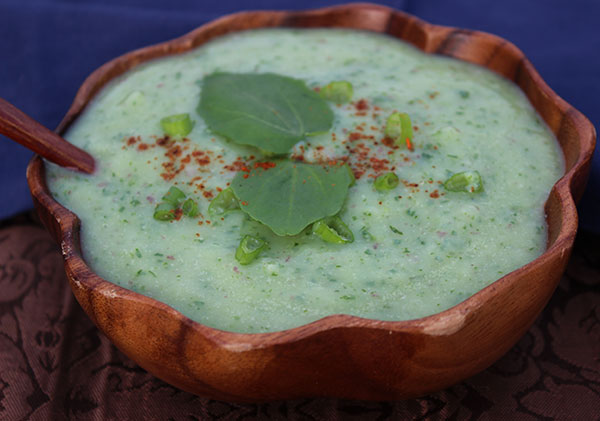
How to Use
Watercress can be used in small amounts when preparing green juices or green smoothies. It, of course, makes a delicious salad green that imparts a peppery flavor much like that of arugula. It can also be used in wraps, sandwiches and sushi rolls or steamed with other vegetables or likewise prepared as a watercress soup.
Watercress tends to grow in shallow silty or muddy waters, so it is always a
good idea to wash it thoroughly to remove any potential contaminants or debris.
Visit our other pages on harvesting wild foods in the links below.
Precautions:
Wild watercress should be thoroughly cleaned and harvested from a pollution-free location as it is known to harbor parasites and absorb environmental contaminants from toxic water sources. Always seek the advice of your health care practitioner before consuming if you have a serious medical illness or are taking prescription medications, especially chlorzoxazone. The leaves of watercress contain small amounts of oxalic acid, which when consumed in excess may cause oxalate stone formation in some people. Being a cruciferous vegetable from the Brassica family, cress may contain goitrogens which can interfere with normal thyroid hormone production when consumed in excess.
Shop Related Products (About Affiliates & Amazon Associate Paid Links)
Affiliate Disclaimer: This section contains affiliate product links. If you make a purchase through our recommended links, we receive a small commission at no additional cost to you. Thanks for the support.




